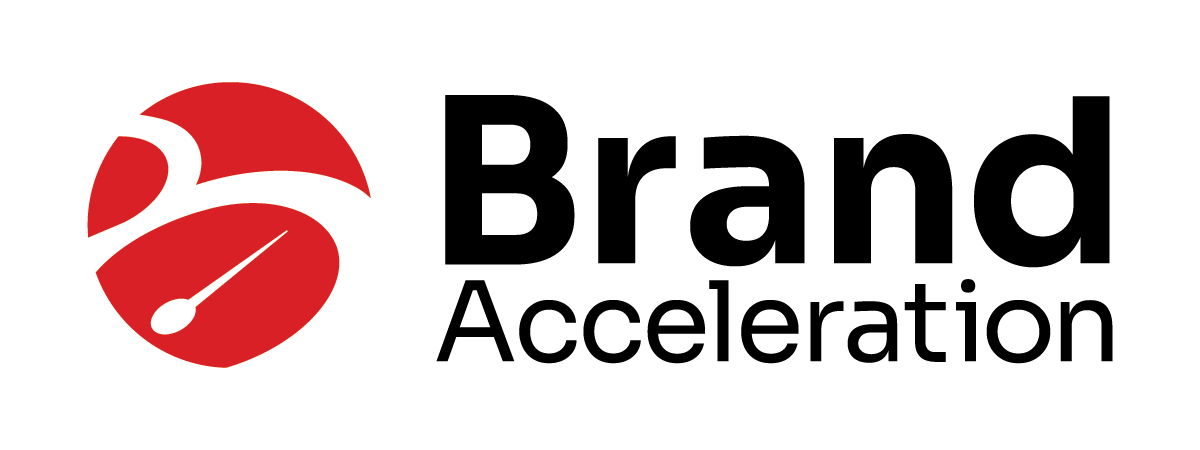
By Jim Walton, CEO, Brand Acceleration, Inc.
Having spent my entire career in the marketing and advertising industry, I can’t tell you how many times I’ve been asked for advice about which form of advertising works best. Even when I worked in the print or broadcast industries one might expect me to favor the form of advertising I represented, I always had the same answer: “You can’t just do one.” I believe in a mix of approaches that all work together as part of a well-thought-out and highly targeted plan. There is no magic wand.
Similarly, there is no workforce magic wand. When searching for solutions to workforce shortages, communities are often very creative. We’ve all heard about cash bonuses, mountain bike giveaways, housing subsidies, lotteries, veteran programs, parolee programs, programs for recovering alcoholics and drug addicts, and so on. The question that is often asked is, “Which program works at solving the workforce shortage?” I would give the same answer: “You can’t just do one.”
The 2020 census has shone a light on another significant issue. As our nation’s birth rate continues to decline and the baby boomer numbers give way to younger population groups, we see that rural areas and mid-size communities are struggling to retain and attract Gen-Xers, Millennials, and now Gen-Zers. Elected officials are facing the effects of declining populations since there are fewer people buying homes, paying taxes, and patronizing local businesses.
While the Covid-19 pandemic was bad news for major cities, the notion that the resulting urban flight might solve all of the small-town problems may have just pointed out which communities were ready for such a population influx and which were not. The communities that succeeded in attracting talent during the massive urban flight had a mix of available housing, strong broadband, and other appealing lifestyle amenities.
Lately, cities, counties, and states are jumping on the workforce attraction bandwagon. Some are quite well done while others fall seriously short. Those that fall short usually make the same very common mistake of using the same message strategy for every audience (the previously mentioned magic wand). Audiences fall into numerous categories with each requiring very specific messages. Audiences might include singles, marrieds, couples with children, couples with no children, single parents, people with a college education, people with a high school education only, trade workers with certificates, tech workers, etc. For example, marketing geared toward young families should highlight safety, schools, neighborhoods, family-friendly activities, etc. While young singles are more interested in apartments/lofts, breweries/bars, coffee shops, nightlife, etc.
Using just one message strategy to blanket all audiences might not just fail, it might also harm your community brand. Messaging that focuses entirely on families, parks, and schools might make your community seem boring to a single person looking for a cool place to live. I could go on and on about marketing channels, too. For example, the “We use Facebook to reach Millennials” strategy is one fraught with faulty assumptions. Facebook is not the leading channel used by Millennials anymore. Limiting your marketing channel selection to Facebook would seriously limit your reach with that group.
Talent and resident attraction marketing programs are much more likely to reap positive results if first supported by serious research that engages area leaders, employers, residents, EDO staff and stakeholders, retailers, and many other groups and sub-groups. A few years ago, I heard my site consultant friend Kim Moore quote Sun Tzu, a Chinese general, military strategist, writer, and philosopher. He is famous for saying that “Strategy without tactics is the slowest route to victory. Tactics without strategy is the noise before defeat.”
A successful resident and talent attraction marketing effort – one that does not waste huge resources – is one that is carefully crafted using research that results in appropriate message strategies and a well-thought-out and highly targeted tactical plan.
